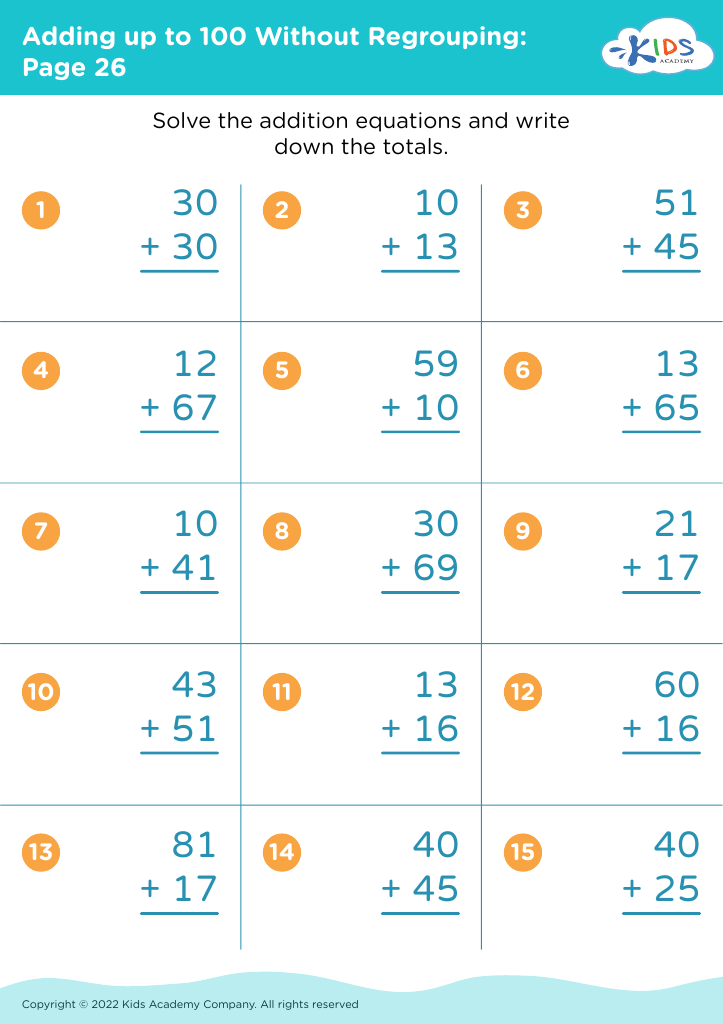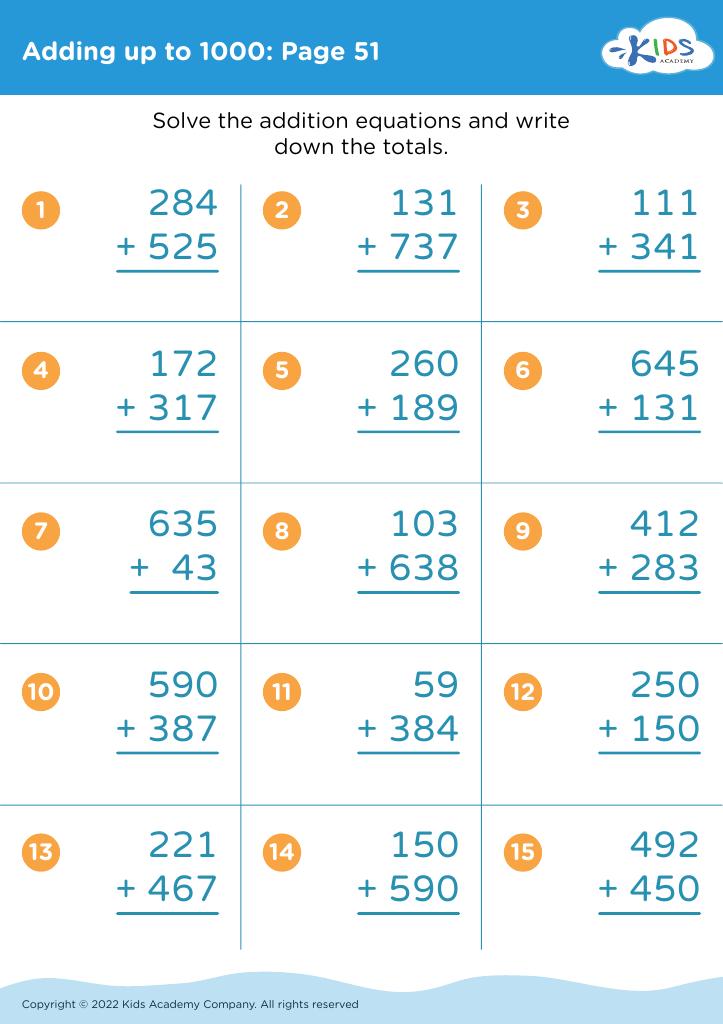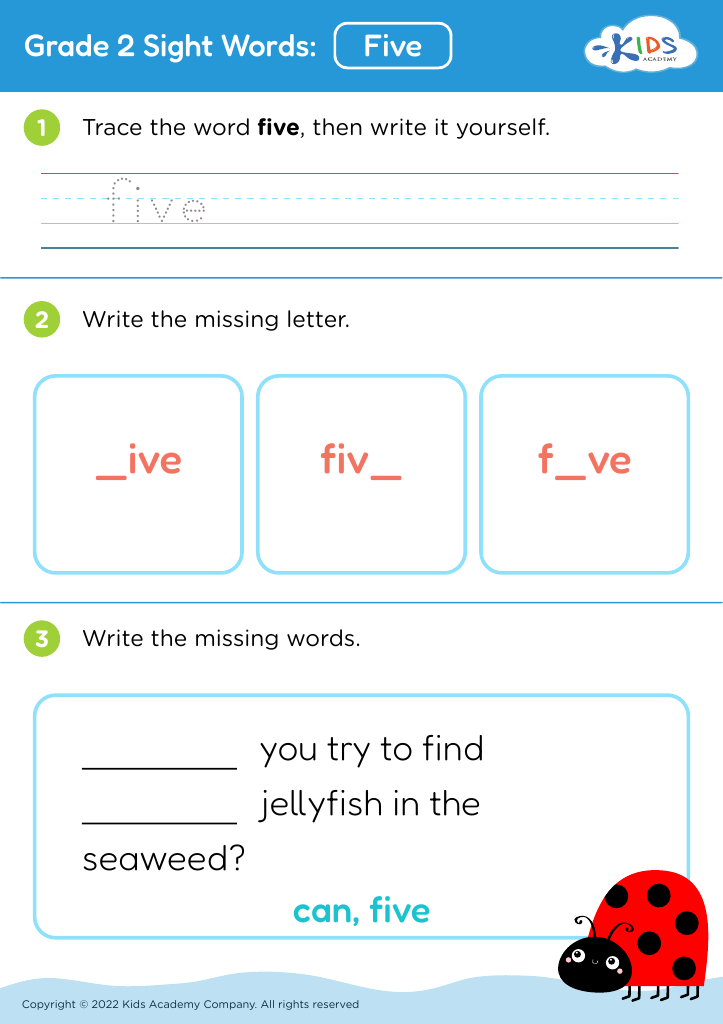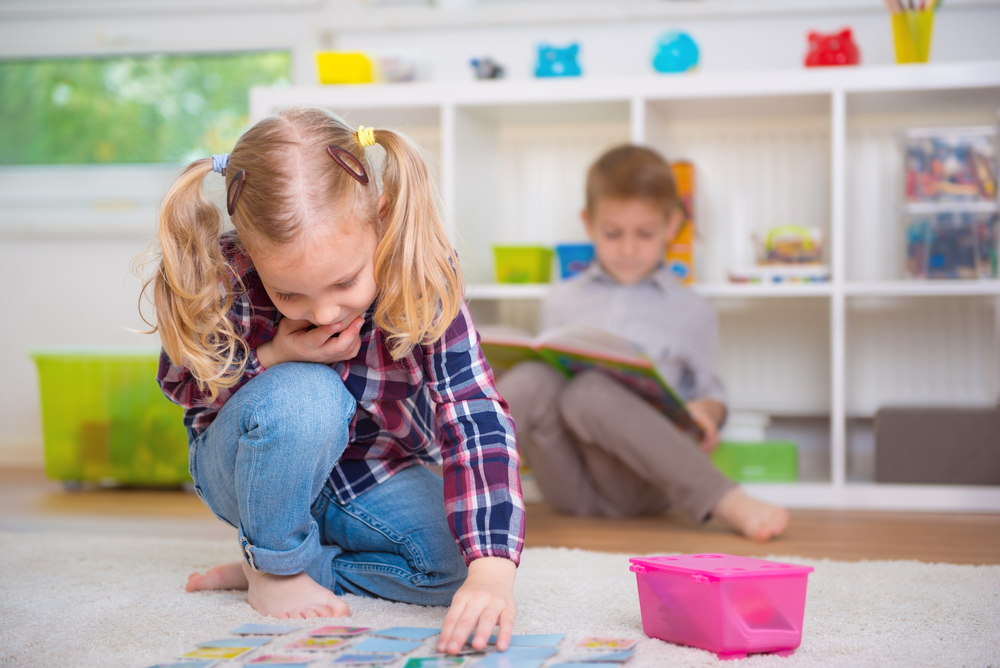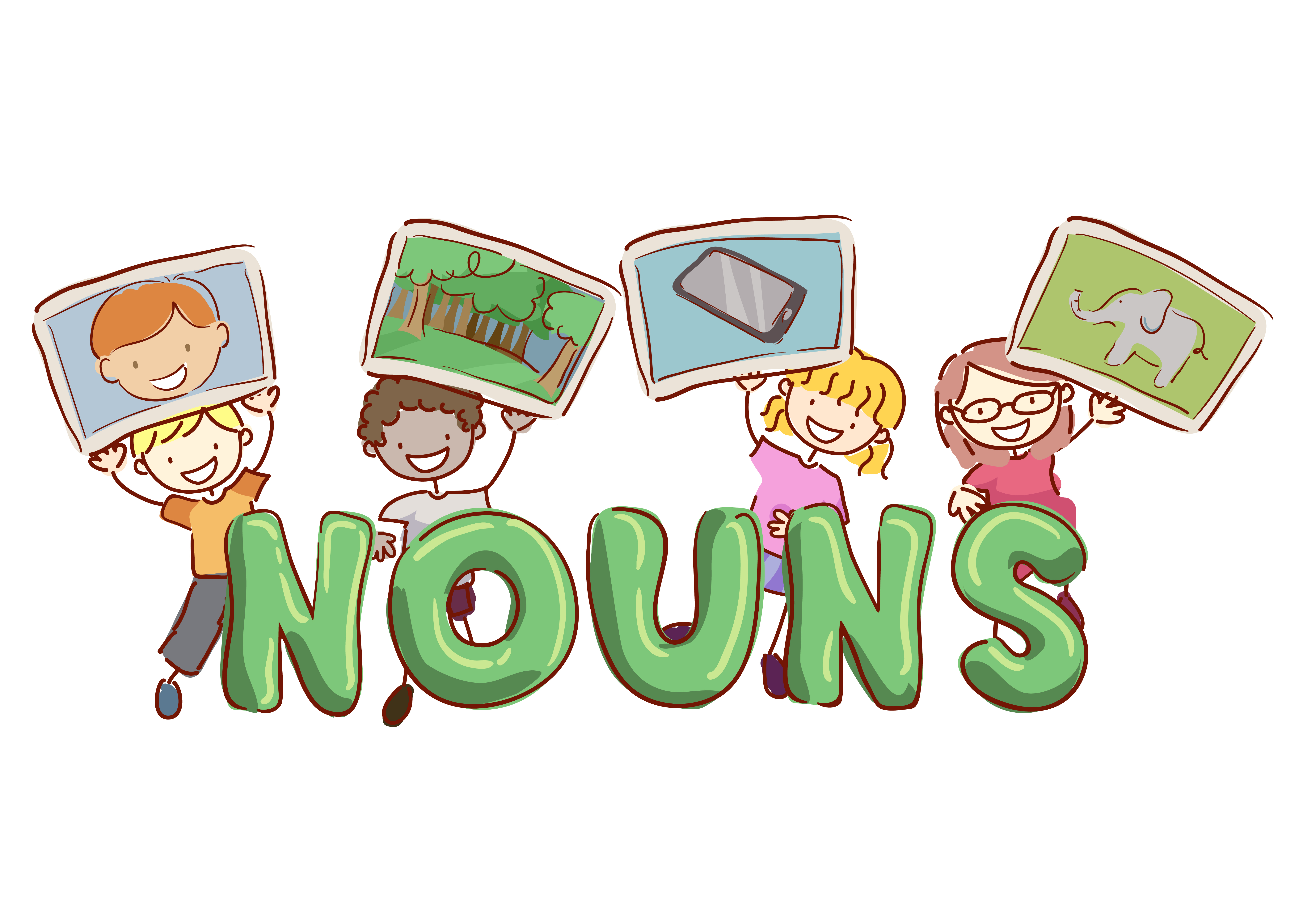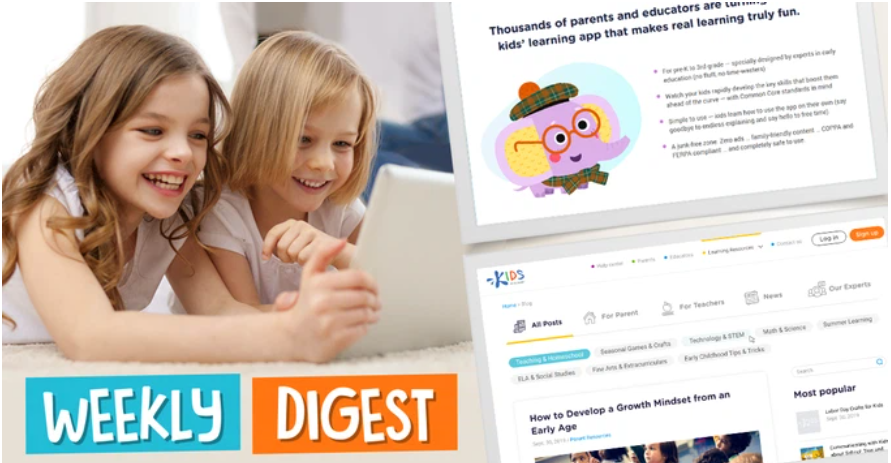Understand symmetry Worksheets for Ages 7-8
3 filtered results
-
From - To
Explore our "Understand Symmetry Worksheets for Ages 7-8" designed to make learning symmetry fun and engaging. These printable worksheets offer colorful activities that help children identify symmetrical shapes, complete mirror images, and draw lines of symmetry. Perfect for second and third graders, the exercises combine creativity and critical thinking to build foundational geometry skills. Ideal for both classroom use and at-home practice, our worksheets support visual learning and enhance problem-solving abilities. Download now to give your child a head start in math with easy-to-understand instructions that ensure educational success and confidence in symmetry concepts.
Symmetry is a fundamental aspect of mathematics that also extends to art, science, nature, and everyday life. Introducing children ages 7-8 to the concept of symmetry can have a range of developmental benefits. At this stage, children's cognitive skills are expanding, and understanding symmetry helps cultivate spatial awareness and visual perception. These skills are essential not only for math but also for reading and writing, as they improve pattern recognition and the ability to distinguish shapes and sequences.
Learning about symmetry enhances critical thinking and problem-solving abilities, as children learn to recognize balance and proportions. This understanding can reinforce basic math concepts such as geometry, measurement, and even fractions, forming a strong foundation for more complex mathematical learning in later years.
Additionally, appreciating symmetry can foster creativity in art and design activities. It helps children recognize beauty and patterns in nature and human-made objects, making them more observant and appreciative of the world around them. It's also linked to the emotional development by giving them a sense of order and aesthetics.
By integrating symmetry into learning, parents and teachers can provide a well-rounded education that ties together cognitive, academic, and creative development, preparing children for diverse future learning experiences.
